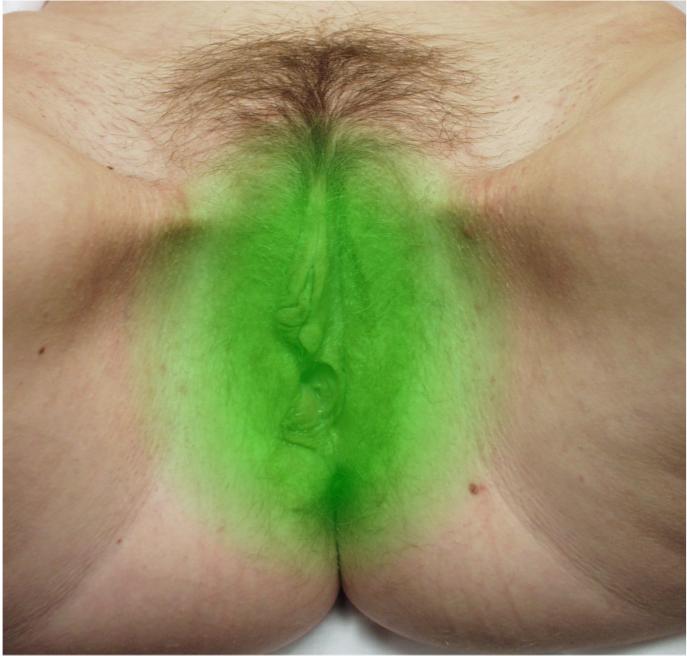|
Pain Relief During Labor and Delivery |
 |
|
Different cultures approach the pain of labor differently and individuals vary in their responses to labor pains. Some women will need little or no help with pain relief, while others will benefit from it. While no analgesic is 100% safe 100% of the time, pain relief is generally very safe and provides for a much happier experience for the woman and her family.
The following principles may be helpful:
- A small number of women in labor will have virtually no pain and they do not need any analgesia.
- The majority of women will have moderate discomfort, particularly toward the end of labor and they will generally appreciate some analgesia.
- Some women will experience severe pain during labor and they will benefit from your most intensive efforts.
- Giving analgesics prior to the onset of active labor (before 4 cm dilatation) will usually slow the labor process, although for some (those with a prolonged latent phase), it may actually speed up labor.
Focused breathing (Lamaze techniques) during contractions can be very helpful in reducing or eliminating the need for pharmacologic analgesia. Hypnotherapy can provide similar relief, as can massage therapy.
Continuous lumbar epidural anesthetic is effective and versatile, but requires skilled providers.
